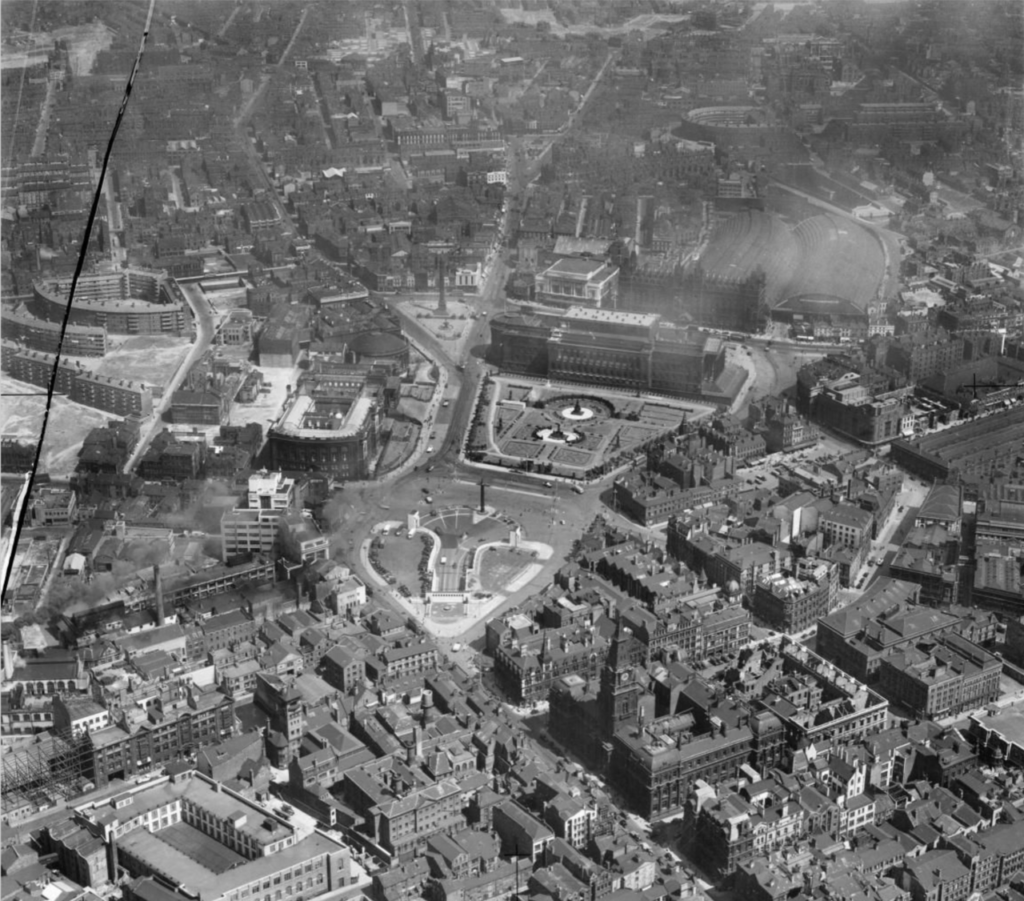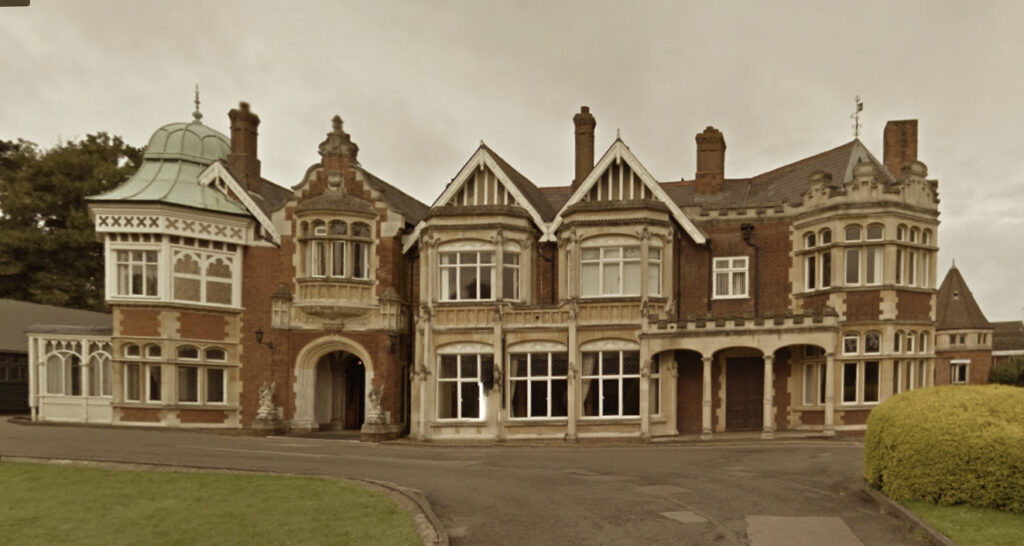 Being a writer can be a lonely occupation – Ahhh – but I’m lucky enough to make up the fourth woman of two established writing groups. Suzanne Goldring, one of the authors, has a cottage in Port Isaac – you know, Doc Martin’s country – and invited our group down for our pre-Easter get-together. Oh, joy!
Being a writer can be a lonely occupation – Ahhh – but I’m lucky enough to make up the fourth woman of two established writing groups. Suzanne Goldring, one of the authors, has a cottage in Port Isaac – you know, Doc Martin’s country – and invited our group down for our pre-Easter get-together. Oh, joy!
Though it’s not what everyone would consider a holiday. We’re very disciplined and when we meet we always put in plenty of solid work, but make sure we have regular walks along the coast, and wonderful meals both at ‘home’ and in the superb village restaurants. This is combined with much laughter and a slap on the wrists if we are slacking workwise.
We began making plans. Gail Aldwin and Carol McGrath, the other two authors, decided to drive down from their homes, but I chose the Riviera Night Sleeper from London to Penzance. I didn’t want to lose a minute of the first day by travelling.
I arrived at Paddington Station around 10.15pm and made for the first-class lounge. No sooner did I have a mug of tea in my hand, and a complimentary bag of roasted peanuts and biscuits (included in the ticket price) than the porter announced that the train outside the window was ours and ready to board. I knew it didn’t leave until much later, so I finished my tea, polished off a packet of biscuits and all the nuts (not having had any supper – too excited), and grabbed my suitcase and bag. It was time to find my coach.
I adore trains, especially those going on a long journey. And one leaving at a quarter to midnight . . . Well, that just tops it.
You don’t want to take a suitcase larger than an in-flight bag as the corridor is only one person wide. But the staff were friendly and helpful. A gorgeous-looking woman wheeled my case to the correct cabin, then showed me all the intricacies of how it worked. The worktop hid a good-sized sink with plenty of boiling hot and cold water, a breakfast tray could be pulled down from the back wall of the bed, there was a shallow wardrobe and an abundance of light switches, including an overhead reading lamp, often not even found in a hotel. The bed with its crisp white cover and pillows looked so inviting, I was tempted to slip under the duvet there and then.
But it was only quarter to eleven. The space was too cramped to unpack, and we still had an hour to go. I decided to wander down to the bar. My stomach was protesting but all they had in the savoury section were packets of crisps. Luckily, I had my emergency oatcakes with me. I settled in a comfortable chair at one of the tables and the smiling girl behind the counter brought me a quarter bottle of Prosecco (not included in ticket price!) and a small glass with ice. Although I had my book with me, I got chatting to a very nice woman across the way. Dead on quarter to midnight the train began to move.
I love that moment. It’s spine tingling. You feel you could be taken anywhere. All you have to do is sit back and relax – or in my case, find your cabin again, get into pj’s, make-up removed, teeth cleaned, and hop into the narrowest bed ever, but with an excellent mattress. Lie back and allow yourself to be trundled through the night.
Well, that’s the idea. But a poor sleeper like me doesn’t stand a chance, even with the gentle rocking which should have lulled me off. The train was quiet of human voices and the engine was the merest gentle background hum, but my brain was over-active. I did drift a few times but was relieved when 5.30 rolled round and I could open the blackout blind to watch the delicate pinks and oranges of a stunning sunrise.
By the time I was washed and dressed there was a knock on my door.
‘Breakfast, madam,’ the young man said, thrusting a paper carrier bag in my hands.
Inside the bag I found tea in a styrofoam cup (with lid!), a glass of orange juice and some airline-style bits and pieces I didn’t really fancy. Next time I shall go for the porridge.
It was a scramble to alight at Bodmin Parkway. The same young man came to grab my small case and gestured me to hurry down the long corridor. He set the case on the platform, warned me not to fall down the gap, jumped back in, slamming the door shut, then shouted goodbye. The stop was no more than a minute.
 But I was here! There was Dave, my driver, waving from the entrance of the station and soon I was settled in the back of his cab, on my way to Port Isaac. I kept my eyes peeled as the film crew were scheduled to be here at any time. We arrived to find the sea showing only a hint of frilly white edges, and there wasn’t a cloud in the sky. The picture postcard village was slumbering in the early morning sunshine.
But I was here! There was Dave, my driver, waving from the entrance of the station and soon I was settled in the back of his cab, on my way to Port Isaac. I kept my eyes peeled as the film crew were scheduled to be here at any time. We arrived to find the sea showing only a hint of frilly white edges, and there wasn’t a cloud in the sky. The picture postcard village was slumbering in the early morning sunshine.
‘It wasn’t like this last week,’ Dave said with a grimace. ‘You couldn’t move in the centre for filming.’
Seems I’ve timed it just right.
Now the real work begins.


